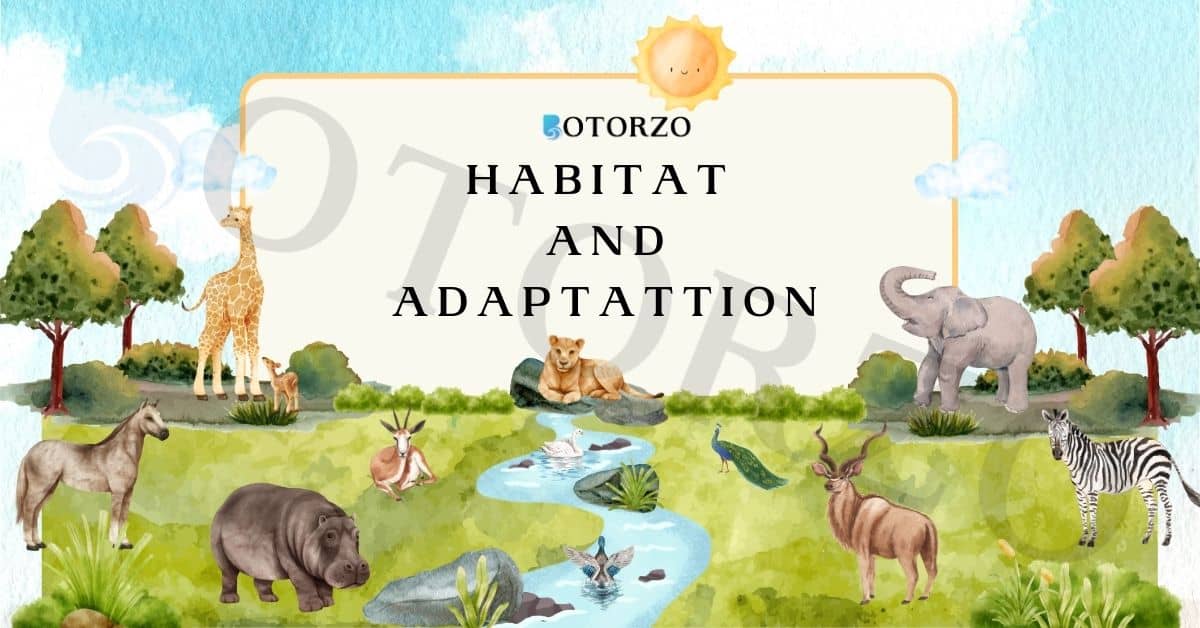The connection between living organisms and their surroundings is a fundamental concept in biology. This interaction, known as an organism’s habitat and Adaptation, shapes its characteristics and behaviors.
An organism’s surroundings include physical and biological factors, creating an environment that provides resources and conditions for survival and adaptation.
Organisms have evolved strategies to thrive in their environments, which may include finding food, shelter, and mates, defending against predators, and adapting to change.
The study of organisms and their surroundings, or ecology, helps us understand how species coexist, how energy flows through ecosystems, and how human activities affect these relationships.
In this exploration, we’ll examine diverse ecosystems worldwide, gaining insights into the Earth’s intricate balance of life and the importance of preserving it.
Story Time
They couldn’t help but notice the many living beings in the places they visited. Camel roamed the deserts, goats and yaks roamed the mountains, and Puri boasted crabs on the beach and a variety of fish gathered by sea fishermen. They also noticed that organisms such as ants were constantly present in all of these locations.
Furthermore, scientists discovered that the plant life in each of these locations was distinct from the others. They were curious, however, whether the climatic conditions in these different regions were comparable or varied.
Read More Class 6th Article
Introduction to Habitat and Adaptation
In this article, we’ll explore the intriguing relationship between living organisms and their environments, focusing on “habitat and adaptation.” We’ll delve into the definition of a habitat, its types, and its significance in the natural world. Moreover, we’ll uncover the remarkable concept of adaptation, its mechanisms, and how it shapes the survival of species. Let’s embark on this fascinating journey!
What is a habitat?
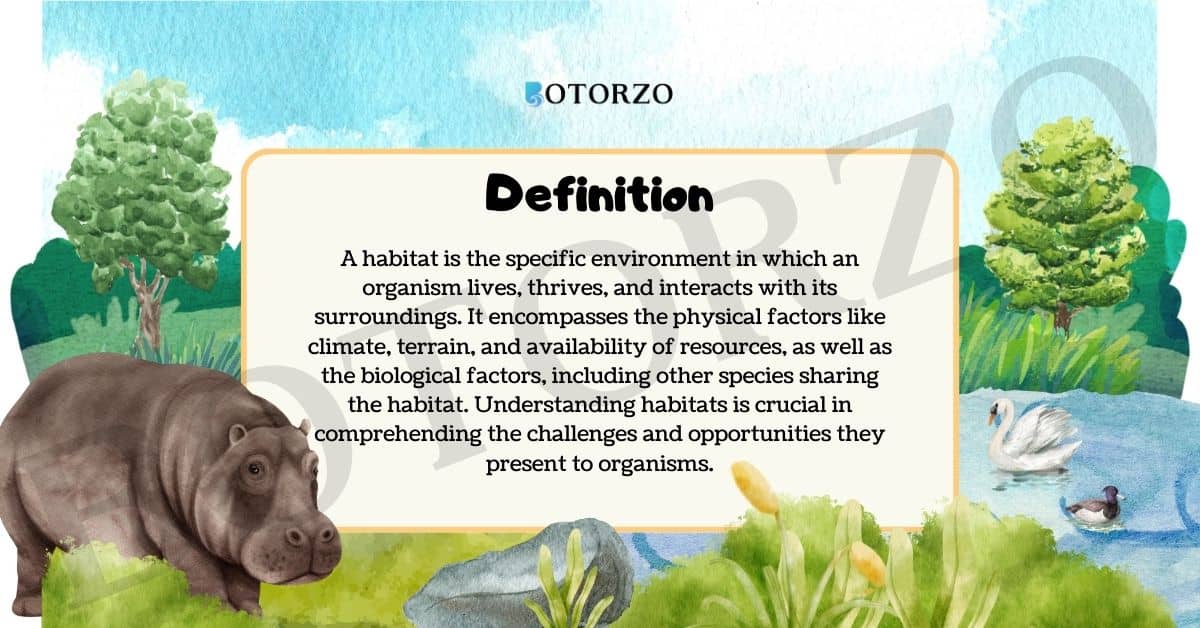
A habitat is the specific environment in which an organism lives, thrives, and interacts with its surroundings. It encompasses the physical factors like climate, terrain, and availability of resources, as well as the biological factors, including other species sharing the habitat. Understanding habitats is crucial in comprehending the challenges and opportunities they present to organisms.
Types of Habitats
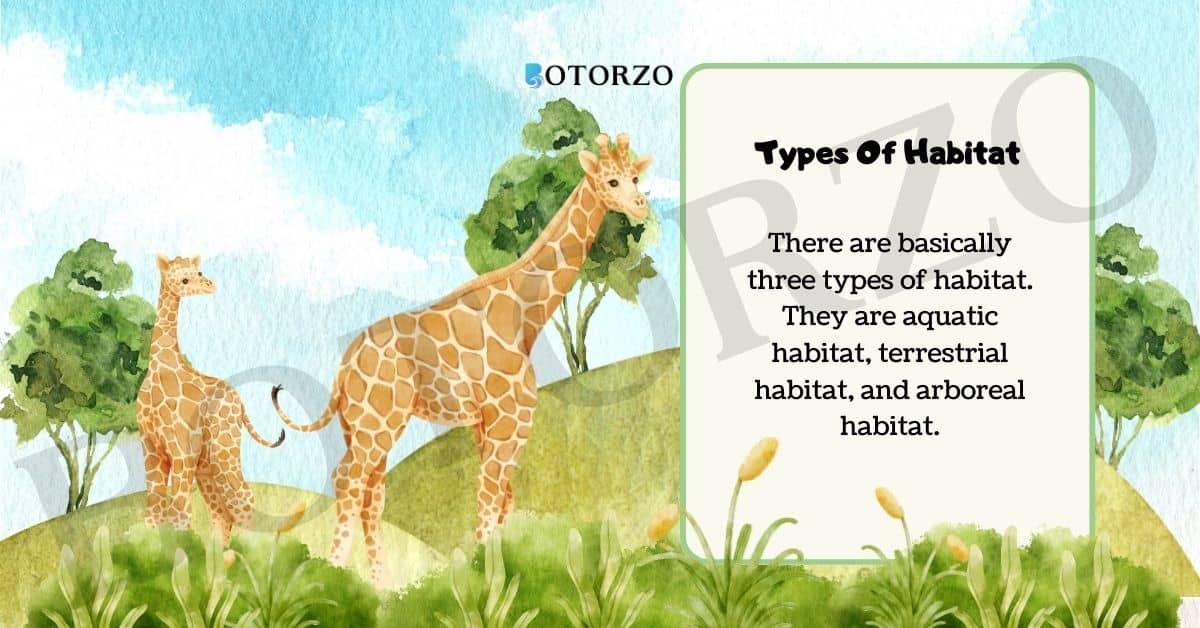
Habitats vary immensely across the planet, and we’ll explore some of the major types, such as terrestrial, aquatic, and aerial habitats. Each of these habitats presents unique conditions and opportunities for the organisms that call them home. We’ll dive into the distinctive features of each habitat type.
- Terrestrial Habitats
- Aquatic Habitats
- Arboreal Habitats
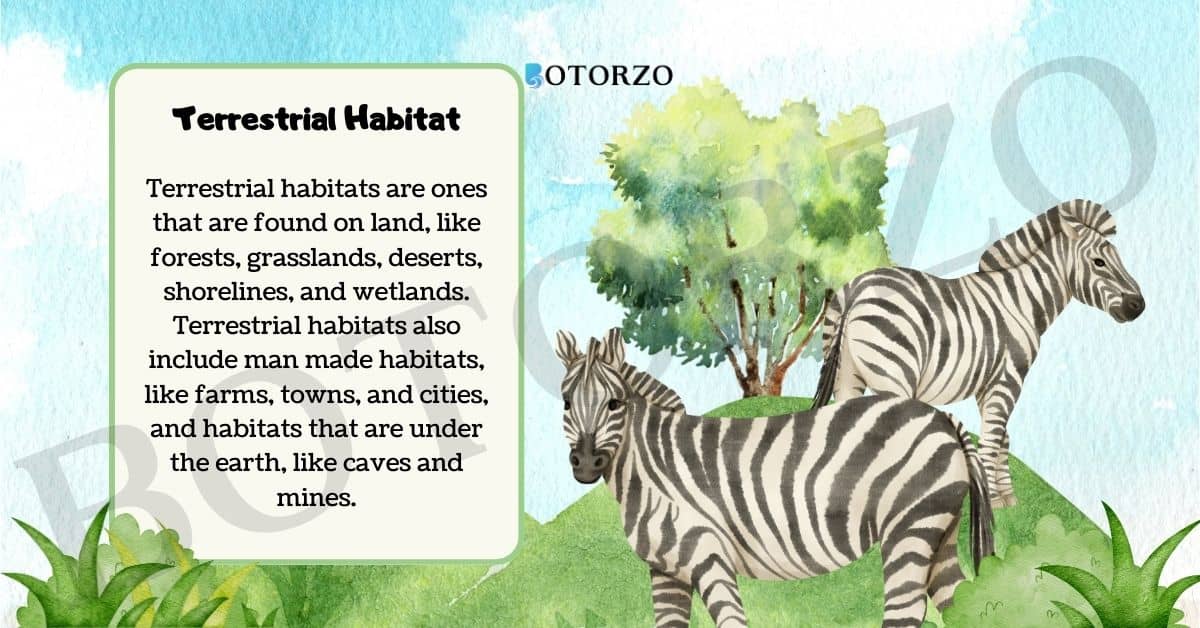
Terrestrial Habitats
- Forest Habitat: Forests are diverse terrestrial habitats that can be further divided into tropical, temperate, and boreal forests. These habitats are home to a wide range of flora and fauna, from tropical rainforests teeming with biodiversity to the cold and resilient life of boreal forests.
- Desert Habitat: Deserts are arid and extreme terrestrial habitats with limited water resources. Organisms in deserts have evolved various adaptations to conserve water and thrive in harsh conditions.
- Grassland Habitat: Grasslands, like the African savannas, are characterized by vast stretches of grasses. They are inhabited by a variety of herbivores, like zebras and antelopes, as well as predators like lions.
- Mountain Habitat: Mountains present unique challenges due to their steep terrain and varying altitudes. Species living in mountain habitats, such as snow leopards and mountain goats, have adapted to the harsh conditions.
- Urban Habitat: Urban areas are human-made terrestrial habitats. They pose challenges for wildlife, but some species, like pigeons and raccoons, have adapted to urban life.
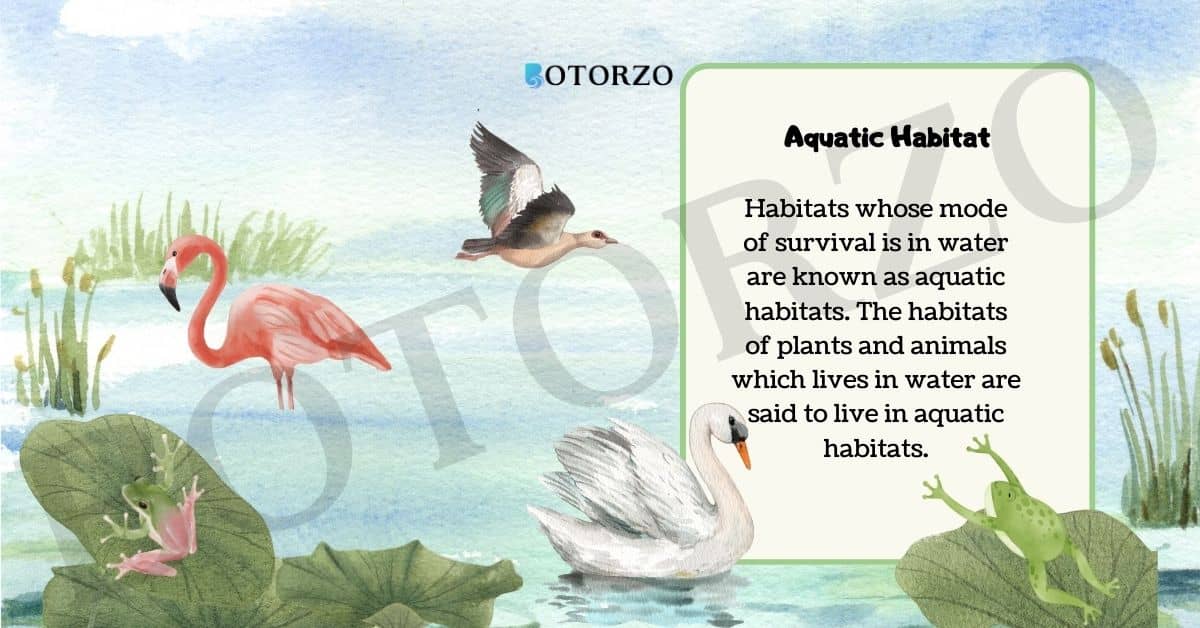
Aquatic Habitats
- Freshwater Habitat: Freshwater habitats include rivers, lakes, ponds, and streams. They support a variety of aquatic life, including fish, amphibians, and numerous invertebrates. The quality and flow of water are critical factors in these habitats.
- Marine Habitat: The marine habitat is the largest on Earth, covering over 70% of the planet. It includes oceans, seas, and coral reefs. Marine life, ranging from tiny plankton to massive whales, is adapted to life in saltwater environments.
- Estuarine Habitat: Estuaries are where freshwater rivers meet the saltwater of the ocean. They are incredibly productive and serve as nurseries for many marine species. Estuarine habitats are rich in biodiversity.
- Coral Reef Habitat: Coral reefs are diverse and vibrant aquatic habitats. They are built by tiny coral polyps and are home to numerous fish and invertebrate species. Coral reefs are incredibly sensitive to environmental changes.
- Polar Habitat: Polar regions, in the Arctic and Antarctic, are icy aquatic habitats inhabited by animals like polar bears, penguins, and seals. These regions are characterized by extreme cold and seasonal changes in daylight.
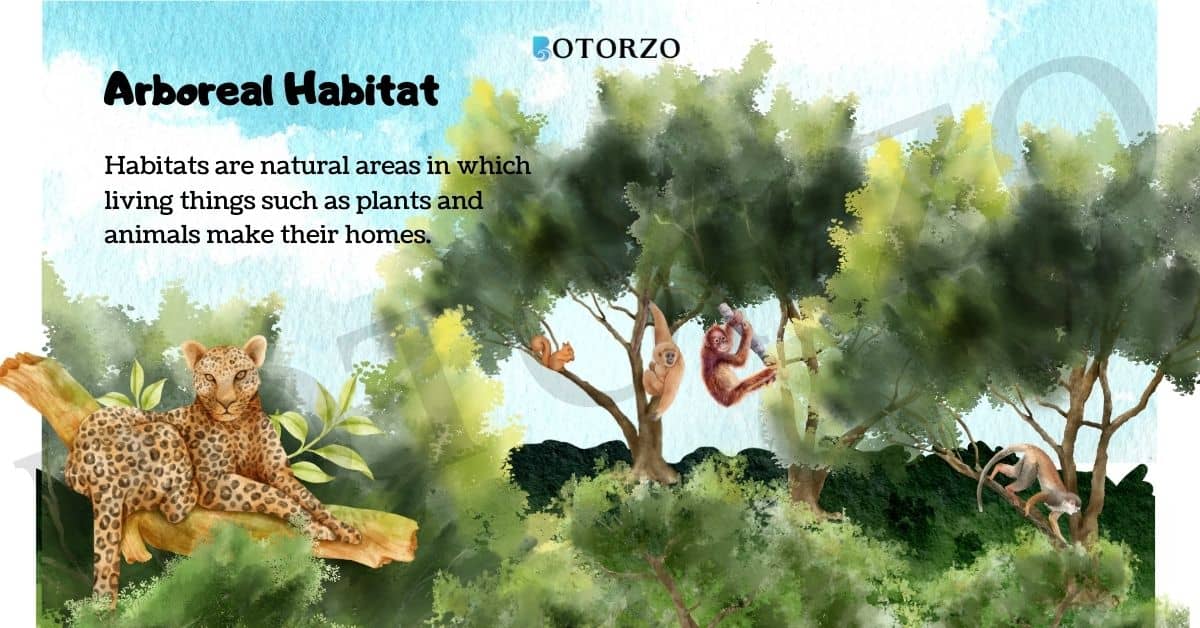
Arboreal Habitats
- Tropical Canopy: Tropical rainforests are known for their lush and intricate canopy habitats. This type of arboreal habitat is teeming with a vast array of plant and animal life, including various species of monkeys, birds, and insects.
- Temperate Canopy: In temperate forests, the canopy habitat is a prominent feature. These forests are home to diverse species of birds, squirrels, and some arboreal mammals that are adapted to the changing seasons of temperate regions.
- Boreal Canopy: Boreal forests, found in colder northern regions, also have an arboreal habitat in their canopy. Here, animals like pine martens, flying squirrels, and various birds thrive in a more coniferous-dominated environment.
- Mangrove Canopy: Mangrove forests are coastal arboreal habitats where trees grow in saline water. The canopy is inhabited by unique creatures like mudskippers, fiddler crabs, and various bird species adapted to these brackish environments.
- Urban Tree Canopy: Urban areas host their own arboreal habitats within city parks, gardens, and streets lined with trees. In these environments, city-dwelling species like urban pigeons and squirrels make their homes.
- Cloud Forest Canopy: Cloud forests, found in mountainous regions, have a misty and ethereal canopy habitat. Here, unique species like cloud forest frogs and specialized birds are adapted to the cool and humid conditions
Read Engineering Content From EngineeringAdda.in
Frequently Asked Questions
What is the definition of a habitat in biology?
A habitat in biology is the specific environment in which an organism lives and interacts with its surroundings, encompassing both physical and biological factors.
What is a habitat?
A habitat is the natural environment or specific area in which a particular species of plant or animal lives, including all the biotic and abiotic factors required for survival.
How are cacti adapted to survive in a desert?
Cacti have adaptations for desert survival, including water storage, reduced leaves, thick, waxy skin, photosynthesis in stems, and shallow roots.
What are the main characteristics of forest habitats, and how do they vary in terms of subtypes?
Forest habitats are known for their lush and diverse environments, including tropical, temperate, and boreal forests, each with unique flora and fauna.

